August 2, 2019
Continuing the Saga:
On Delta Sails, The Atalanta Butterfly and Freak Waves
Delta Sails, The Tepukei Shape, Aerodynamics
Nothing more beautiful flying over the seven seas in a nutshell. That is how the people of the Vaka Taumako Project must feel, when they “fly” (term for apropriate “sailing” using a delta sail) between the many islands of the polynesean ocean. At least how I imagine so listening to their beautiful music.
The key to delta sails is understanding the sail as a tool to navigate, like a swiss army knife, a multi-purpose tool for undergoing many situations (and winds). That is part from where their effeciency comes from, but also common in most delta sail types is their construction though, by following a curved or truncated geometry it allows to stabilize a larger area using less material, optimizing for stability, weight and cost.
My first take on using delta sails for the creation of a membrane wing, was inspired by some sorts of curved gaff sails, going further down that road I learned about so called crab-claw sails, which are the most effective sail shapes to date. Among them, Santa Cruz (or nowadays Te Pukey) being on the top noch regarding effectiveness according to windtunnel measurements1 of several polynesean sail shapes.
Like in most crab-claw sails, both ends of the Tepukei sail may be seen as two interconnected individual sails, where one spar acts like main mast other as boom, making them equal to other two-masted rigging. This connection made them relevant to me for development of insect wings.
Rise and Fall of Atalanta and the cosmic dream
Naming this new sail shape after greek heroine Atalanta (“the indomitable, the sunken”) is to be held as a tribute for the figure of venus which inherits from the delta shape and that may be found in any culture since the beginning of artisanship, as well as to follow some of its characteristics like its ability for speedful runs (without wind or downwind) that are directly related to the myth and led me naming it this way.

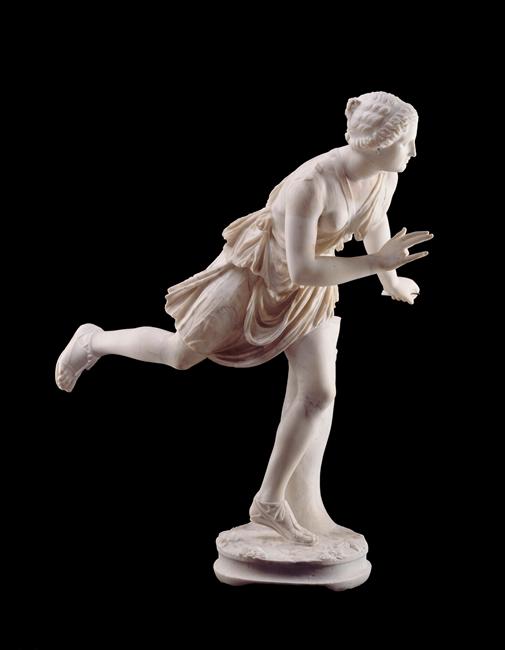
Atalanta was raised in the wilderness, by bears. Besides being an excellent hunter, she later became one of the most cheerished Argonauts and was soon known to be the best footrunner for miles around.
my voice being water
which holds me together and also carries me away
Taking on an oath to virginity, the Atalanta myth may also refer to some sort of other-worldly gnostic teaching — carrying upon the utopia of a cosmos in balance by overcoming of inherited sin: a world whose creation must remains in its myths, where a butterfly equals two petals in the wind – a merely unarticulated, dream-like idea whose flight being its sole destiny.
On YinYang, Rogue waves and sacred Geometry
Butterfly wings usually consist of two pairs of wings, but observing this servo flapping butterfly by y. takemura unveils a beautiful folding of the wing structure, just like in a real butterfly which is still very simplistic. Takemuras eventually taped its wings together to achieve a stronger result, hence I suspected there must be a simpler yet unified shape. But using tepukeii as a starting point which makes optimal use of the available spars, creating a huge almost circular triangle in their midst, but in order to obtain a butterflyish form i had to open upthe angle between the two spars, eventually having only one spar. At that point i noticed the relation of the resultin shape to the shapes of the crescent moon or if weighed a little bit to the former taijitu symbol called “hotu”.
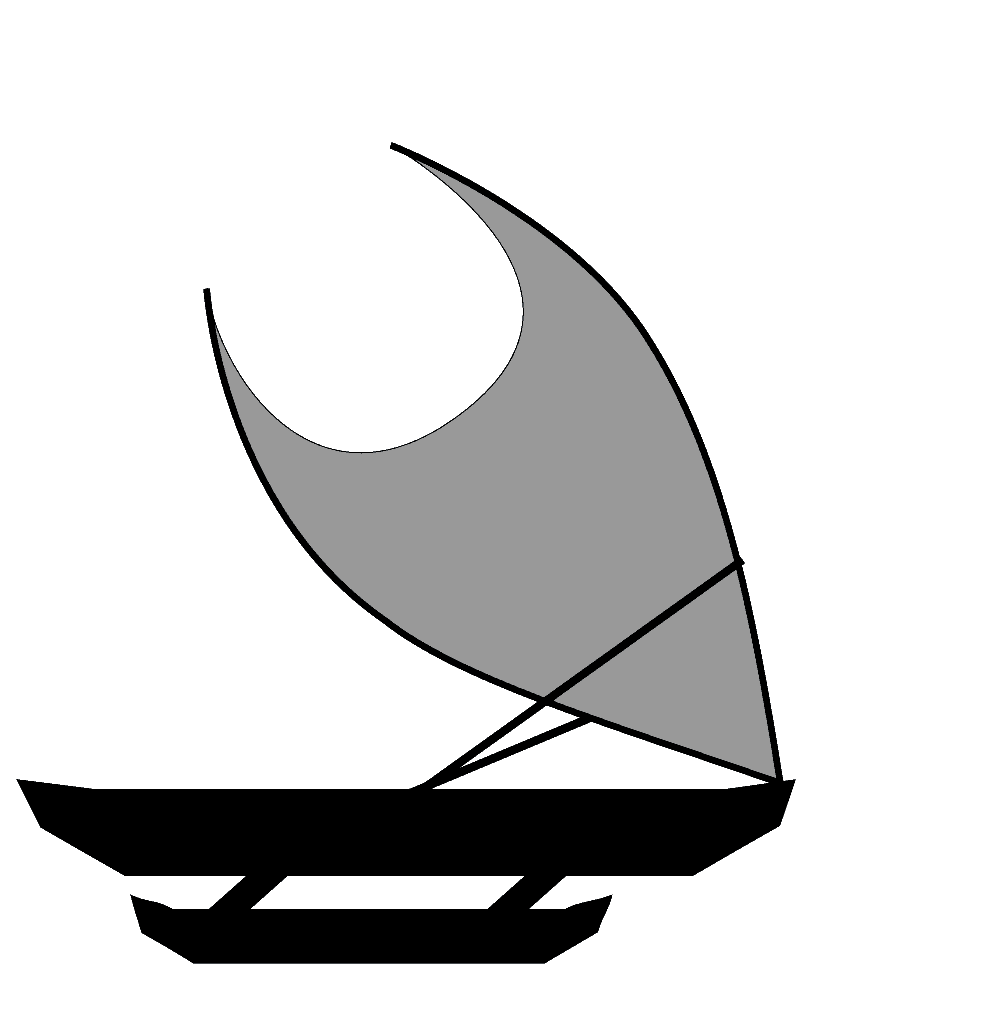

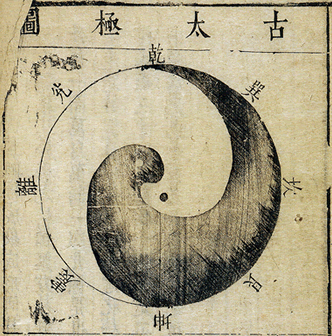
While these symbols held good keys to understanding form and space they still werent hundred percent compatible to my intentions. Hence i started investigating on several other ways of combining them, eventually hyperbolic spirals ocurred to me as a tool to aproximate an “outside” space to a centre, in order to converge several spirals to a closed form. I stumbled across the work of Viktor Schauberger and found that an egg was indeed the better circle! But more notably is the by him postulated principle of implosion for a means of natural locomotion against such of explosion applied by usual technology. This helped me understanding the value of vortexes for speeding up a continous flow.
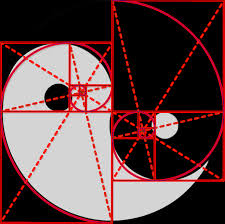


Rogue Waves, Unleashing the Power of the Sea
The sea is powerful and still full of mysteries. It had been the beginning of this year when a “breaking news”2 got my attention. Scientists were able to reproduced a rogue wave in the FloWave Ocean Energy Research facility.
Rogue waves, frequently known as freak waves, monster waves, giant waves or steep ways are synonyms of sporadically ocurring enormous sea waves above the surface of the sea. The largest observed rogue wave was spotted on January 1st 1995 by the Draupner platform located off the Norway’s coast on the North Sea with a registered amplitude of nearly 26 m.
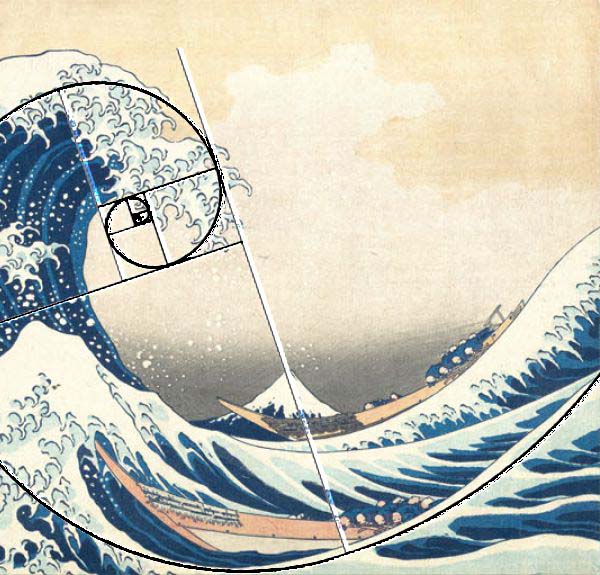
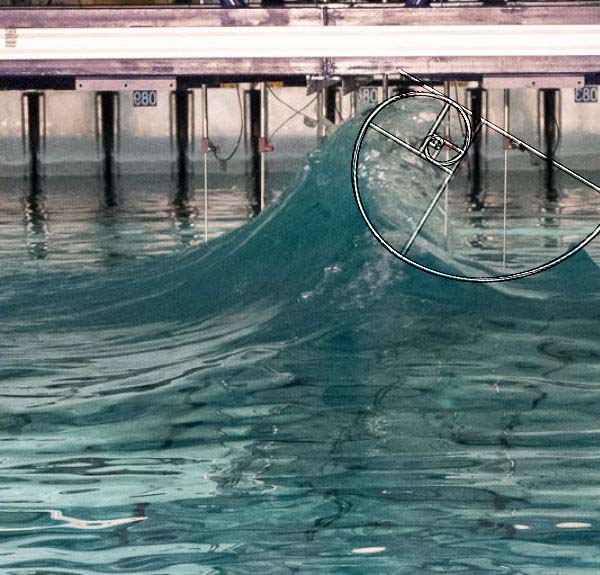
The key insight is that roqgue waves may only form when groups of smaller waves interfere at exactly 60 degrees or 120 degrees respectively to each others expansion direction, forming a more and more growing amplitude wave. An angle that occurs often in nature, for example in the flower of life. Who could have expected that this relation could have such a devastating impact.
The new insights are mainly to prevent damage to ships and crew. But unleashing the power of the sea in a somewhat useful way sounded interesting to me, as well.
Bringing it all together
All these ideas brought together finally formed this layout, whose curves were eventually drawn by hand, because though all assumptions I didn’t find a fitting construction method using solely geometry.
Included in the sketch are some prescindible extra lines that illustrate the incoming and outgoing air stream visualizing the sacred geometry (of lines crossing in angles of 60degree) that is inherent in the models aerodynamic abilities.
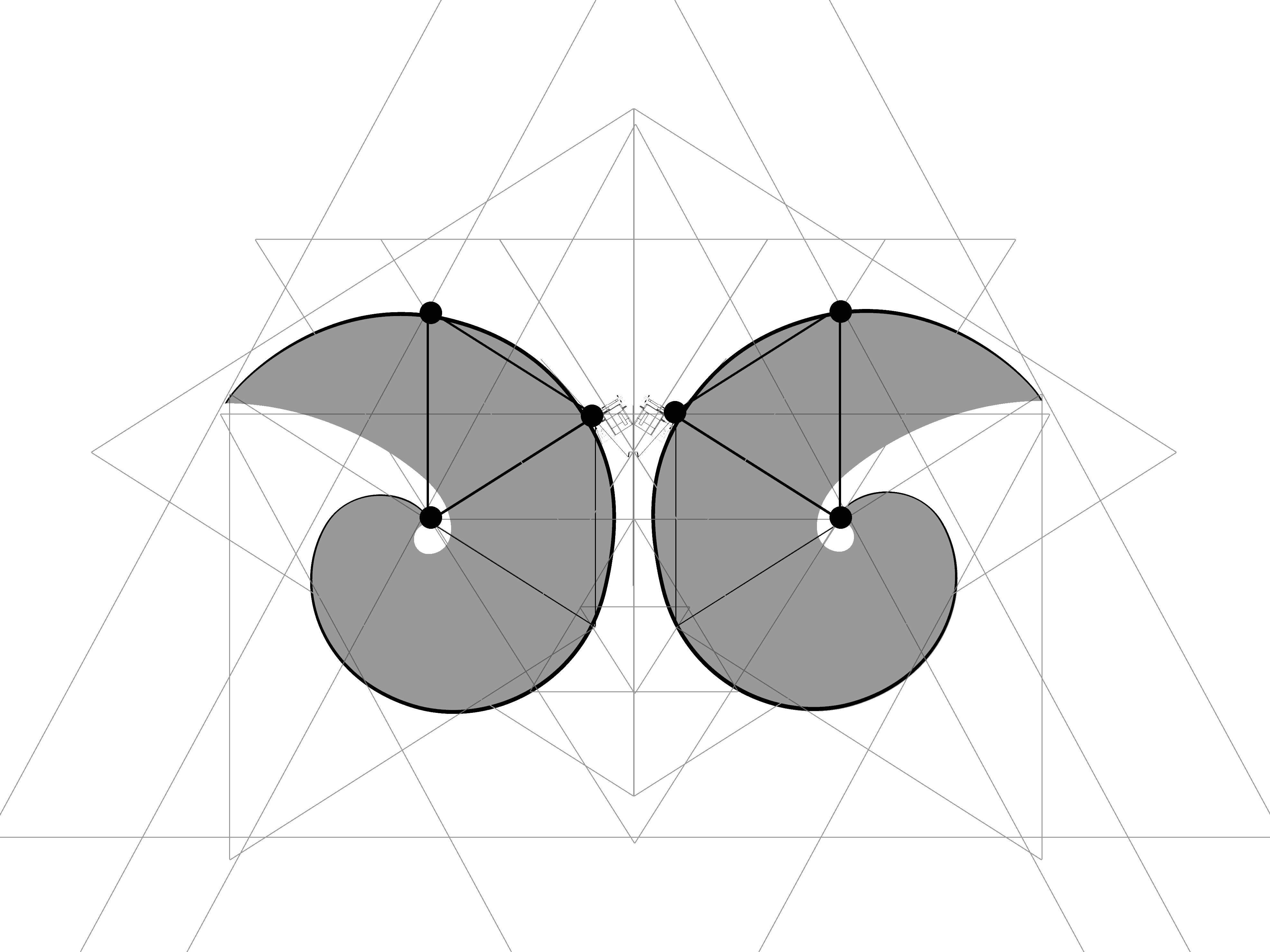
See a video of the bird in action
Anne Di Piazza, Erik Pearthree and François Paillé. 2014. Wind tunnel measurements of the performance of canoe sails from Oceania. Journal of the Polynesian Society 123(1): 9-28↩︎
10 February 2019, See full article: Laboratory recreation of the Draupner wave and the role of breaking in crossing seas”↩︎